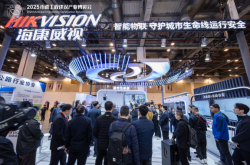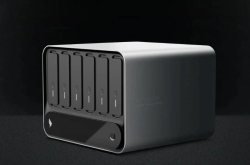Will Xiaomi YU7 definitely be priced under 250,000 yuan?
![]() 05/23 2025
05/23 2025
![]() 570
570
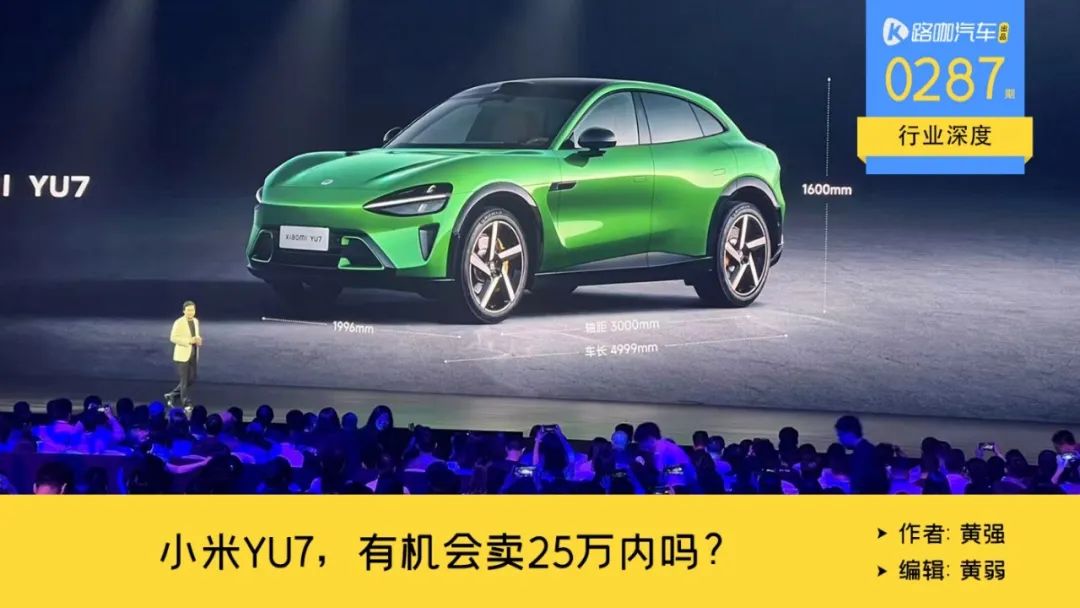
The only ones daring to compete for traffic during Xiaomi's launch event were Geely and Huawei.
On the night of Xiaomi's launch event, Huawei announced that it would roll out ADS4 for the first time on the Deep Blue S09 in the second half of the year. Meanwhile, Geely unveiled its latest AI intelligent life form, the Geely Galaxy M9, in Milan. Both emphasized AI and technology, presenting a different picture from Xiaomi.
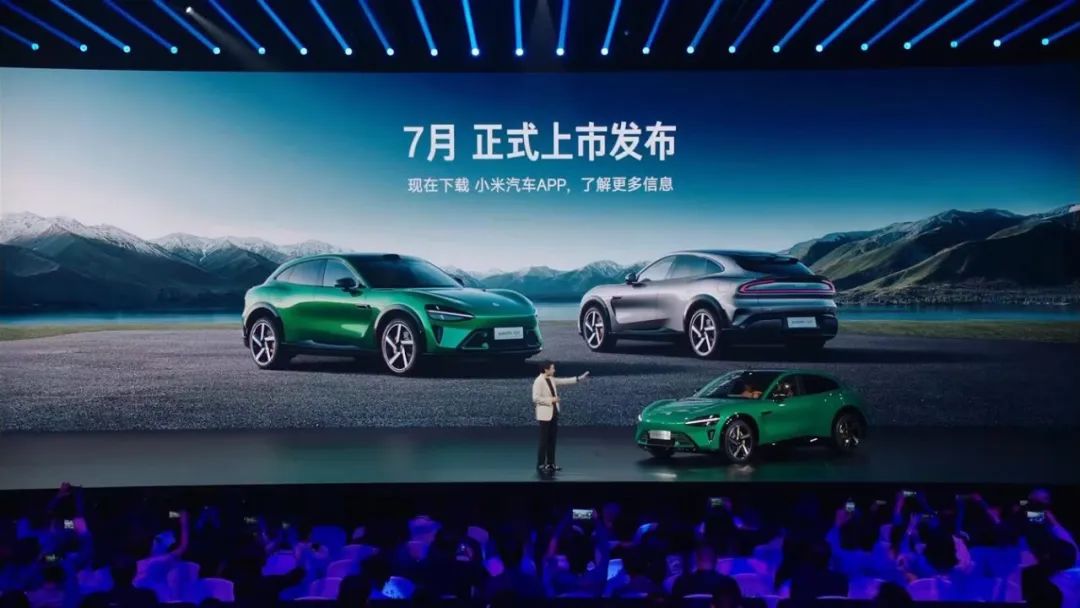
In summary, as all the launch events come to an end, the only question left for the public now is what the price of Xiaomi YU7 will be. Other questions are not really issues. Will Xiaomi YU7 become a best-seller? The answer is yes. It's just that no one can give an accurate monthly sales figure yet, such as whether it can surpass Xiaomi SU7 or exceed 40,000 units per month. Lei Jun set the exact launch period for Xiaomi YU7 in July, which is also when Xiaomi's Phase II factory will truly be put into operation. It is expected to be completed in early June and commence production in July-August, with a total annual capacity of 300,000 units.
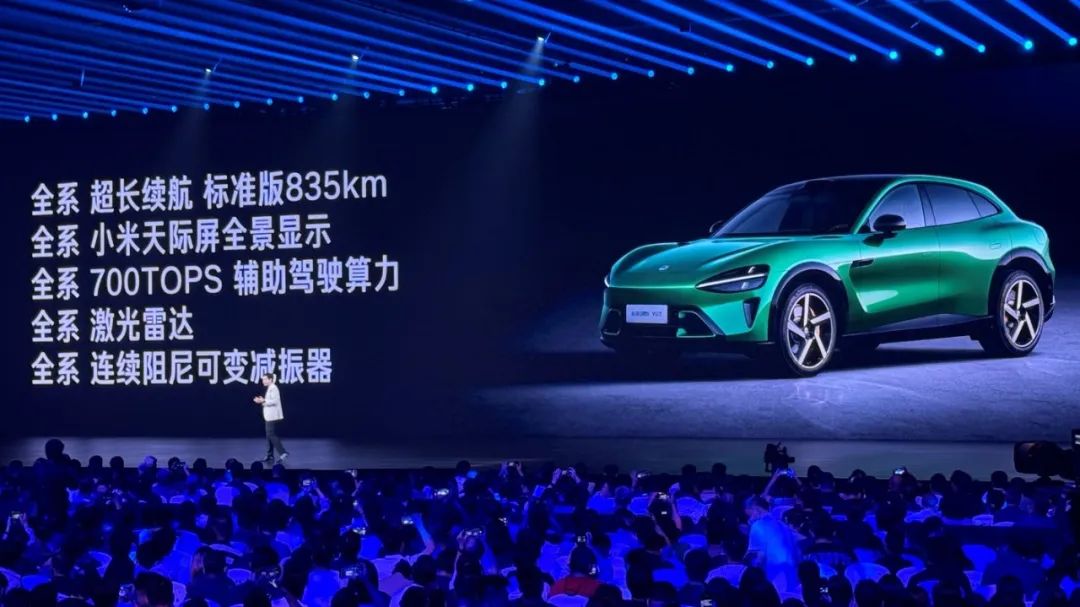
In Xiaomi stores across the country, sales consultants say that people have been coming in droves to inquire about YU7, so there is hope that it will replicate the success of SU7 back then.
Regarding sales and production capacity, given the production capacity myth of Phase I factory, it seems that no one can give an accurate estimated sales figure except Lei Jun and a few senior executives. In 2024, the rated annual capacity of Xiaomi's Phase I factory was 150,000 units, with an average of 12,500 units per month, but actual production soared to 24,000 units per month.
Will the quasi-best-selling Xiaomi YU7 have a chance to sell for under 250,000 yuan?
In short, this was a typical Xiaomi-style launch event, but it is understood that Lei Jun only revealed about half of Xiaomi YU7's highlights. The rest will be gradually released, like Xiaomi SU7, to maintain high heat.
Why is it called a typical Xiaomi-style launch event? Because the two main characteristics of its approach are: first, showcasing various best-in-class features; second, managing everyone's expectations.
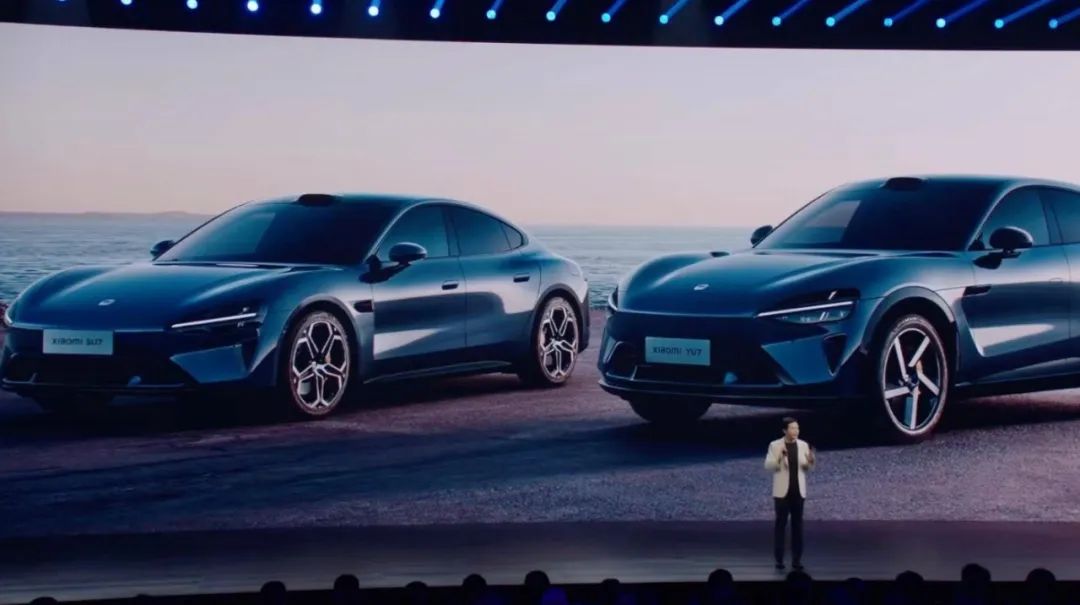
When sorting out best-in-class features, many people may first think of data-related aspects like battery life and acceleration. But upon closer inspection, Lei Jun and his team actually thought deeply about it.
First, regarding the vehicle's positioning as a luxury high-performance SUV. This is similar to Xiaomi SU7's entry into the market, choosing to occupy a unique niche, i.e., there are no clear competitors at first, and once Xiaomi establishes its position, it forms a moat.
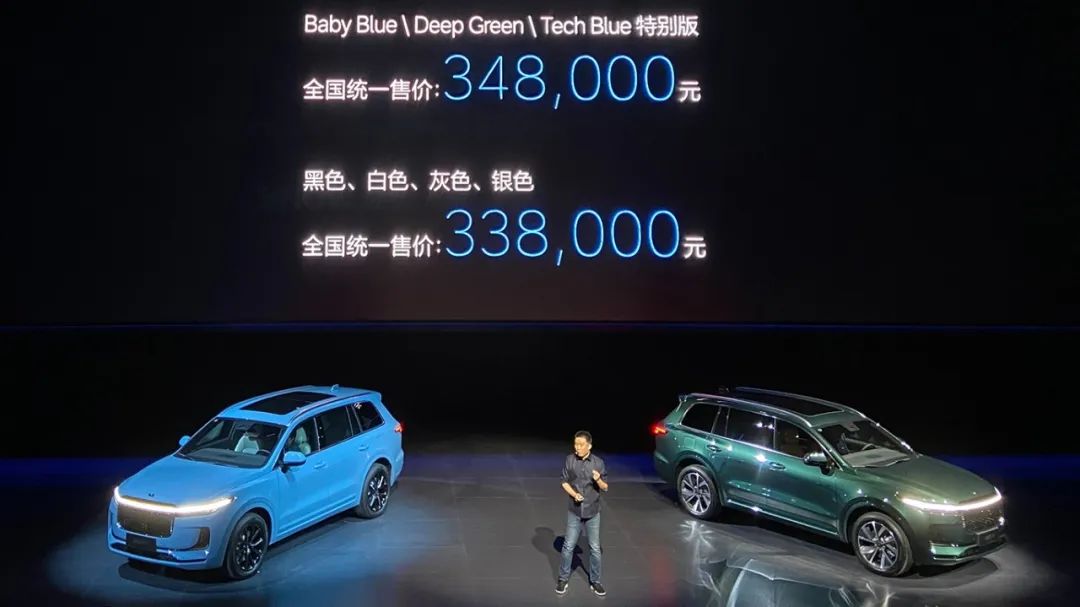
The logic behind Ideal ONE entering the 6-7 seat family market back then was the same. At that time, there was only Ideal ONE in this market, so as long as the right track was chosen, breaking through 10,000 units in monthly sales was not a big issue. The same goes for Xiaomi YU7. As an SUV positioned as a sports car or performance car with a length of 5 meters and an axle base of 3 meters, it is traditionally perceived as a level of 1 million yuan or more in the entire market.
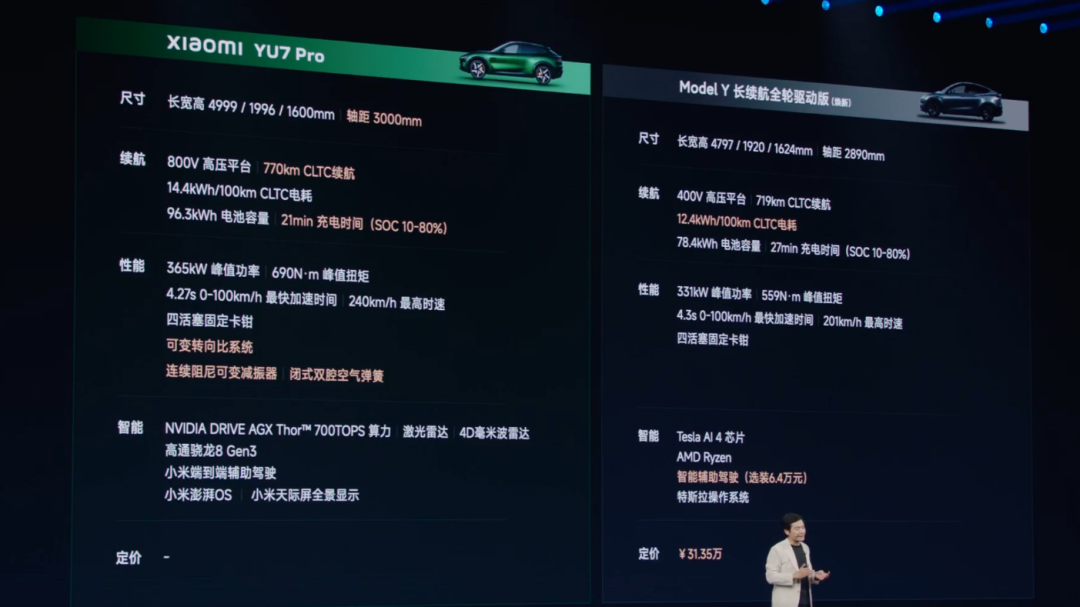
If we screen the current mainstream new energy SUVs, there are actually only two competitors: one is the Model Y's Performance high-performance all-wheel-drive version, which has not yet been launched on the refreshed version and had a guide price of 363,900 yuan for the 2023 model. The other is the Lotus ELETRE, with a starting price of 548,000 yuan.
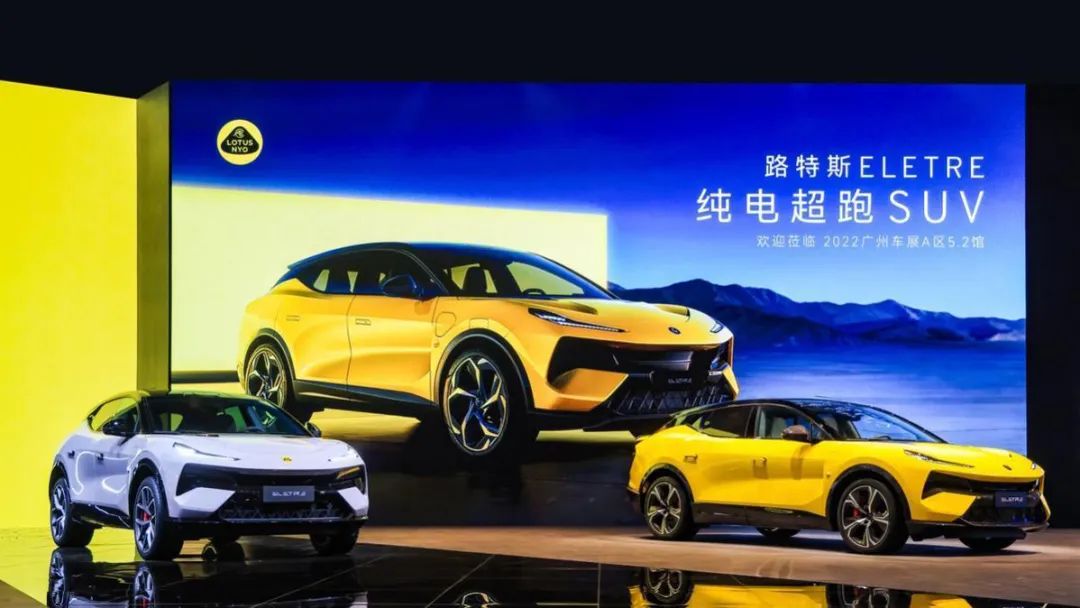
Moreover, the situation this time is even easier than that of SU7 because there are many fuel vehicles within 1 million yuan that emphasize performance and driving, but in the SUV segment, there are only a few mid-size SUVs from Mercedes-Benz AMG, BMW M, and Audi S that can compete with YU7 in terms of performance. The prices of these vehicles have reached the 1 million yuan level.
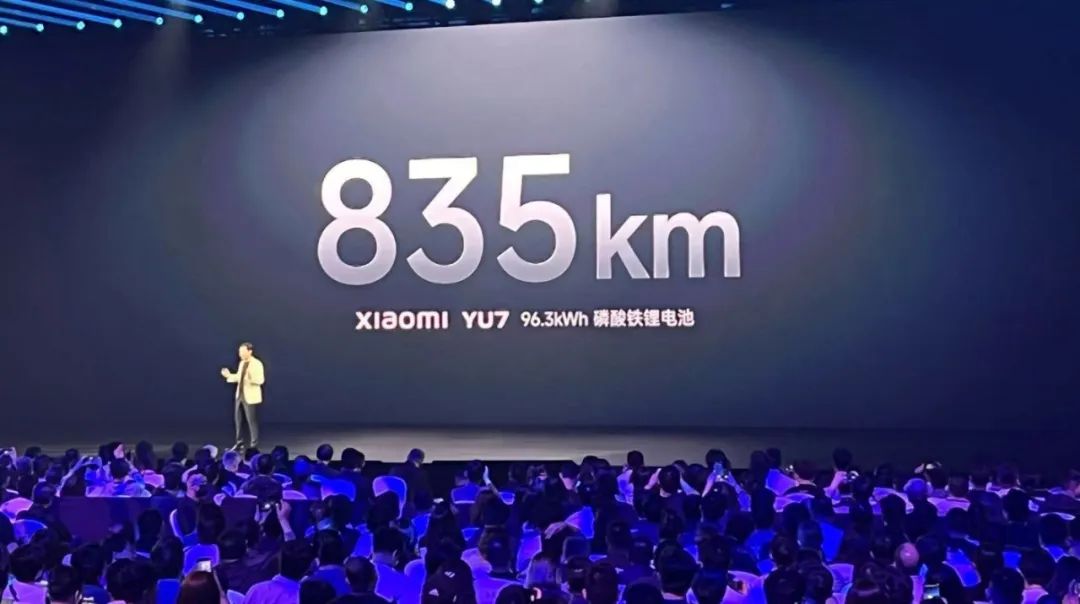
Second, a series of data on battery life and performance. The version with the longest range among the three is the single-motor rear-wheel drive, with a battery capacity of 96.3kWh providing a CLTC range of 835km. The range of the all-wheel-drive versions is 760-770 kilometers, with battery capacities of 96.3kWh and 101.7kWh, respectively. Some in the industry wonder how such a long range can be achieved, but this is actually not a problem as it is already a basic practice in the industry.
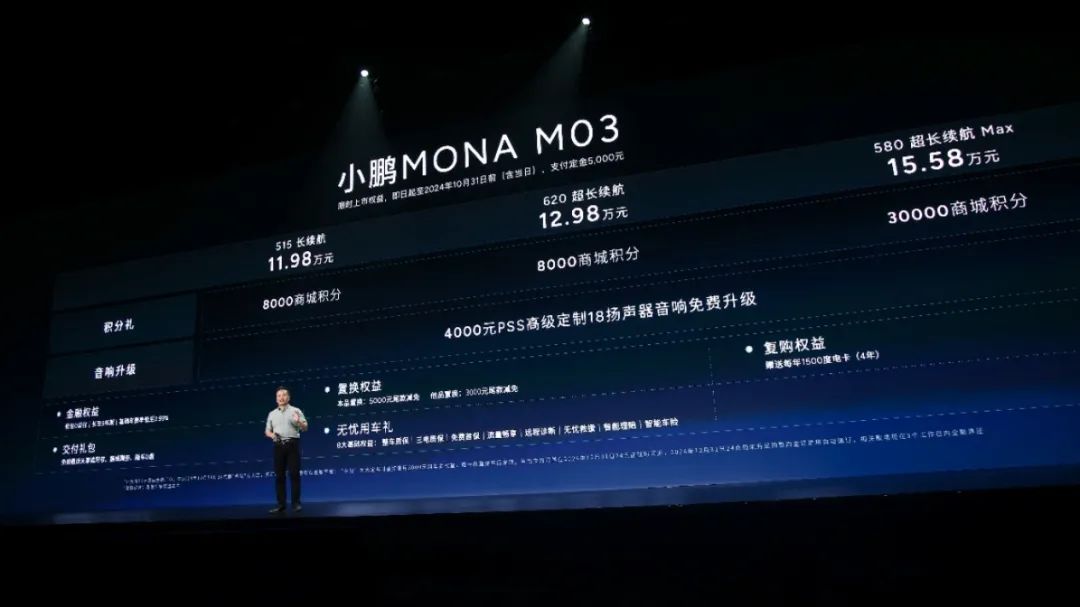
The 620 version of the Xpeng MONA M03 has a battery capacity of only 62.2kWh, so it is not surprising that the Xiaomi YU7, with its stronger performance, achieves the current figures. But this undoubtedly guides consumers' thinking indirectly. When the 835-kilometer range figure appears on the screen, it is obviously more eye-catching than the all-wheel drive version, which is already a topic in the field of psychology.
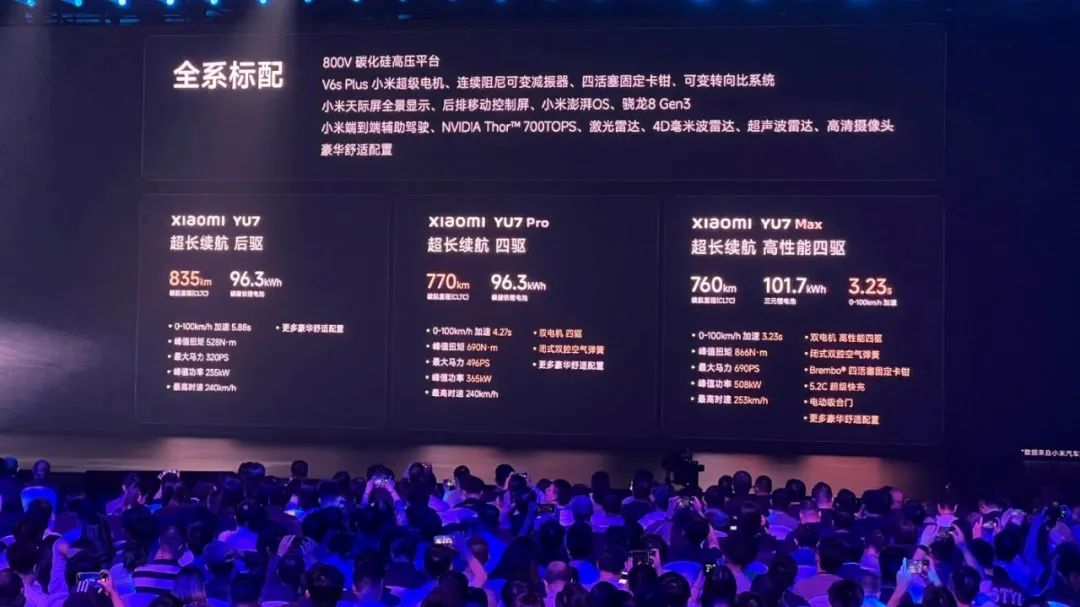
Third, Xiaomi's signature all-in-one package, packed with configurations. Four colors were announced, with five more to be announced later. The vehicle has 10 air vents, flip-in hidden door handles, a 141L front trunk, standard LiDAR across all trim levels, a 1.1-meter sky screen, front dual zero-gravity seats, and the latest NVIDIA THOR-U chip.
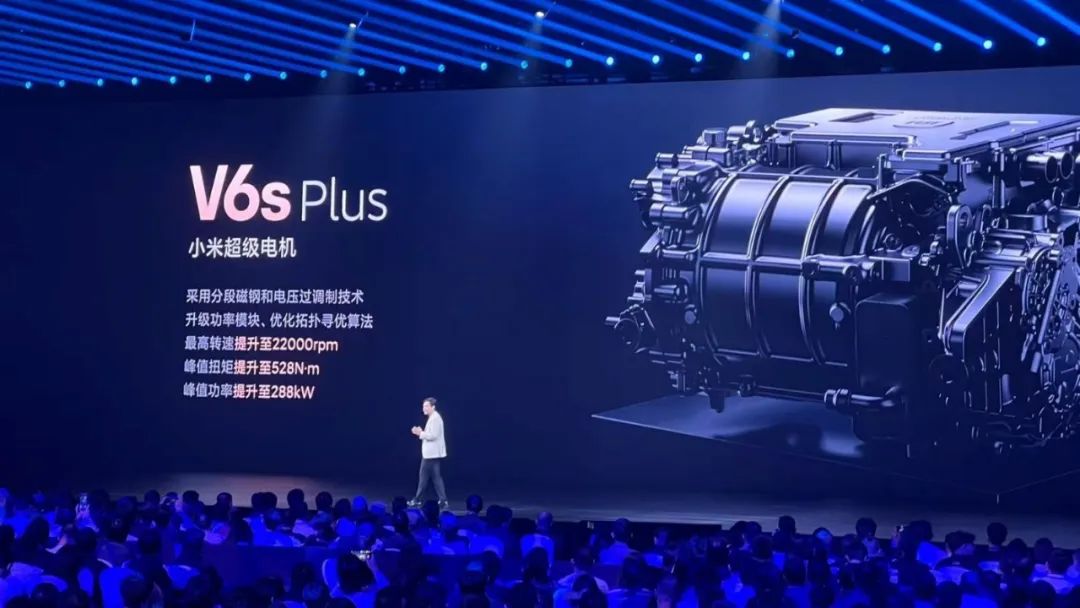
So, based only on the above highlights of the launch event, Xiaomi YU7 actually has very few questionable points in terms of the product itself. Indeed, Ferrari can release pictures, but the previous tribute to Porsche has proven that many Chinese car consumers don't care. Another example is that with LiDAR as standard across all trim levels and the latest chip provided, along with real air vents, this indirectly answers many current questions.
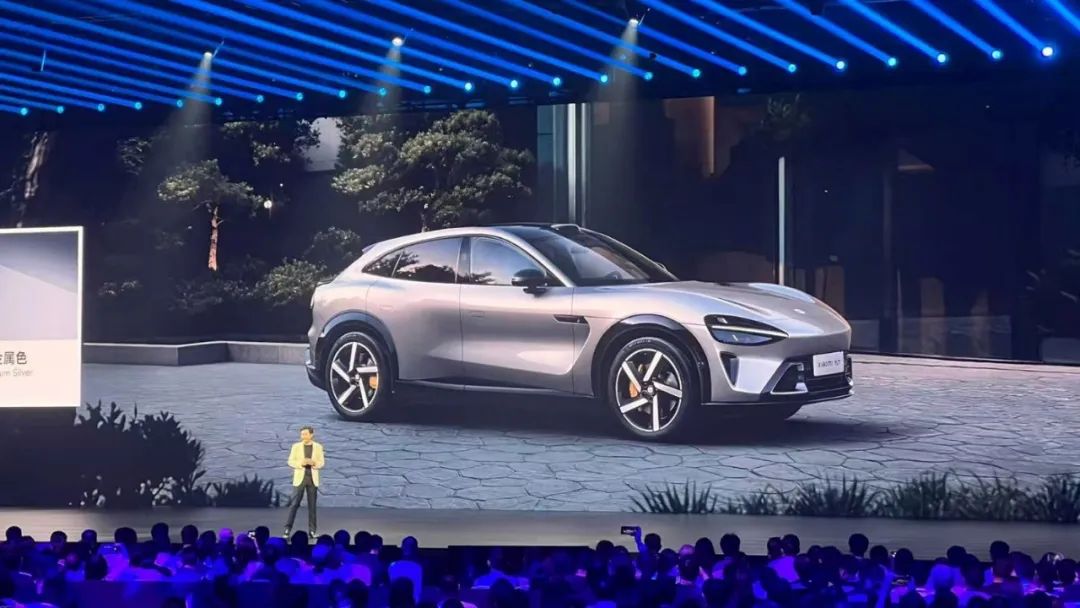
Of course, what is even more noteworthy is the price of Xiaomi YU7. Lei Jun and Elon Musk are both well-known masters of expectations management in the automotive circle, and they are now also in-depth competitors in pricing.
When the final guide price was revealed, Xiaomi SU7 made it clear, following Xiaomi's long-standing cognitive approach of benchmarking Apple phones. As a result, SU7 was cheaper than Model 3. And the rumored price of 249,900 yuan for Xiaomi YU7 is not unfounded, or even an internal leak.
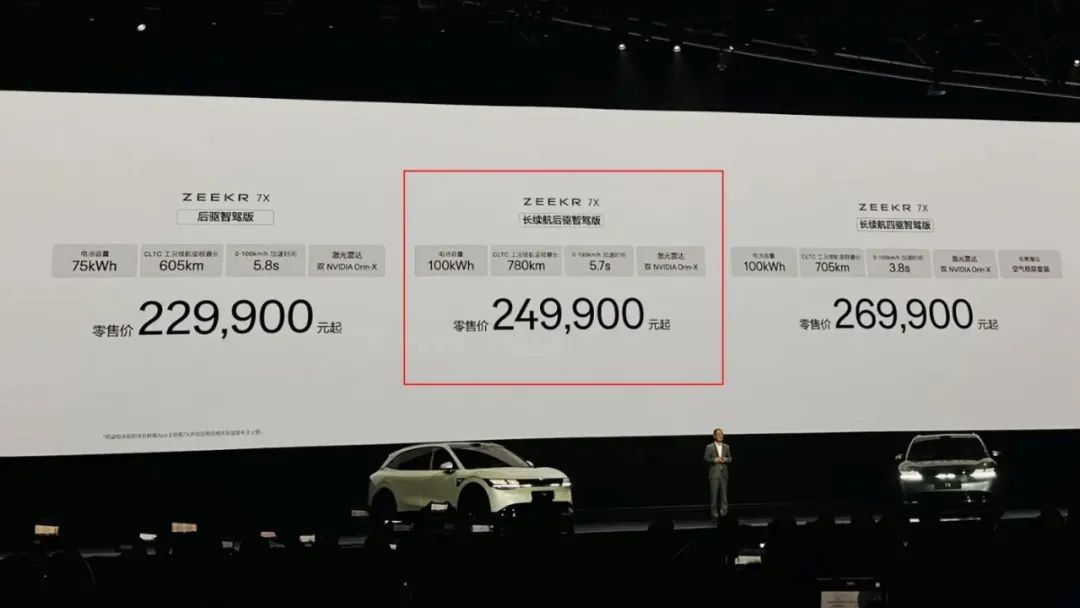
Packed with configurations and performing well in many aspects, from a rational perspective, such a price is not impossible. For example, comparing it with other mainstream models in the industry, the Geely 7X offers essential configurations such as a 100kWh ternary lithium battery, a CLTC range of 780 kilometers, a rear-wheel drive that can accelerate from 0 to 100 km/h in 5.7 seconds, an 8295 cockpit chip, dual Orin-X+ LiDAR, with a guide price of 249,900 yuan.
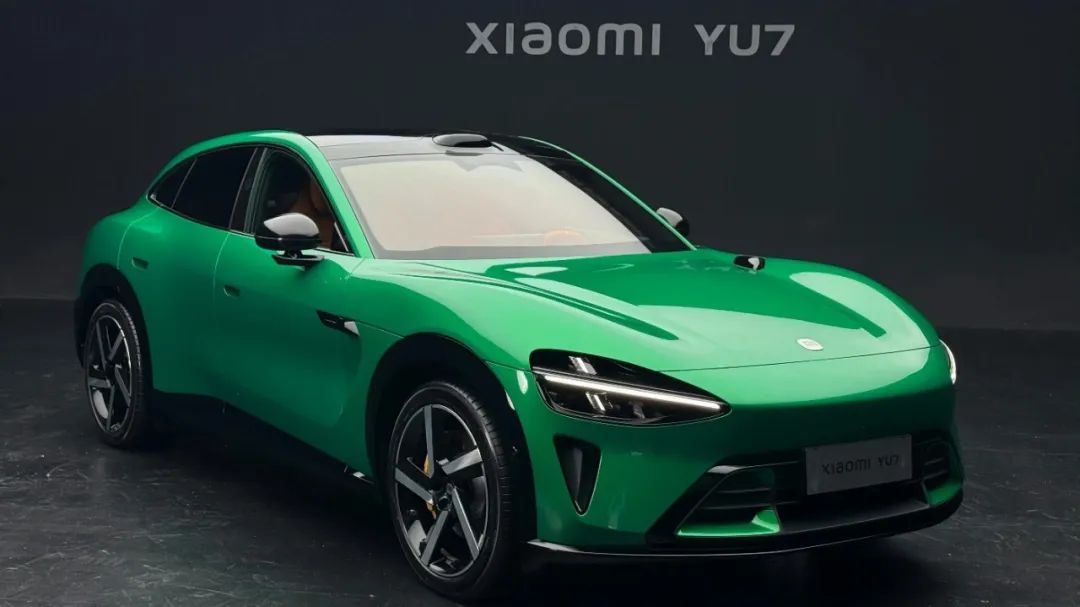
Looking at the current entry-level model of Xiaomi YU7, it comes with a 96.3kWh LFP battery, a CLTC range of 835 kilometers, a rear-wheel drive that can accelerate from 0 to 100 km/h in 5.88 seconds, a Qualcomm Snapdragon 8 Gen 3 cockpit chip, NVIDIA Thor, and LiDAR.

Comparing the two, the possibility of Xiaomi YU7 being priced under 250,000 yuan is obviously there. From an emotional perspective, due to Lei Jun's previous feat of "dropping the price to below 300,000 yuan" with Xiaomi SU7 ULTRA, the pre-released price of 249,900 yuan may even have a chance to be further reduced.
Xiaomi and Huawei avoid direct competition
With the launch of Xiaomi YU7 and the golden quote at the end of the launch event, Xiaomi is actually making more changes or deeper considerations in its marketing approach.
The most intuitive point is that Xiaomi is avoiding the most fiercely competitive parts of the market and instead pursuing competition from a breakthrough perspective.
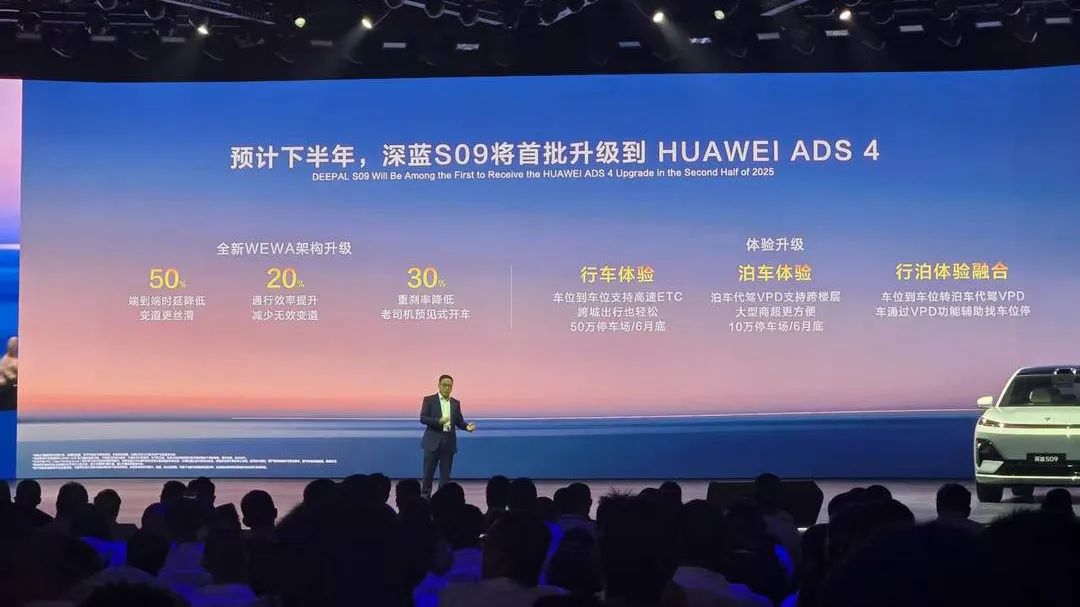
This does not simply refer to the segmentation of the vehicle market. Indeed, Xiaomi's current positioning in the automotive field is to avoid the sharp edges of the mainstream and play to its strengths. Xiaomi SU7 uses sports cars to tap into the young family or commuting segment. The logic behind Xiaomi YU7 is generally the same, using the symbols of sports + luxury + high performance to compete for family car customers. If it is truly priced at 249,900 yuan, it will be evident that young people or couples with budgets for Audi Q5 or BMW X3 will quickly gravitate towards it.
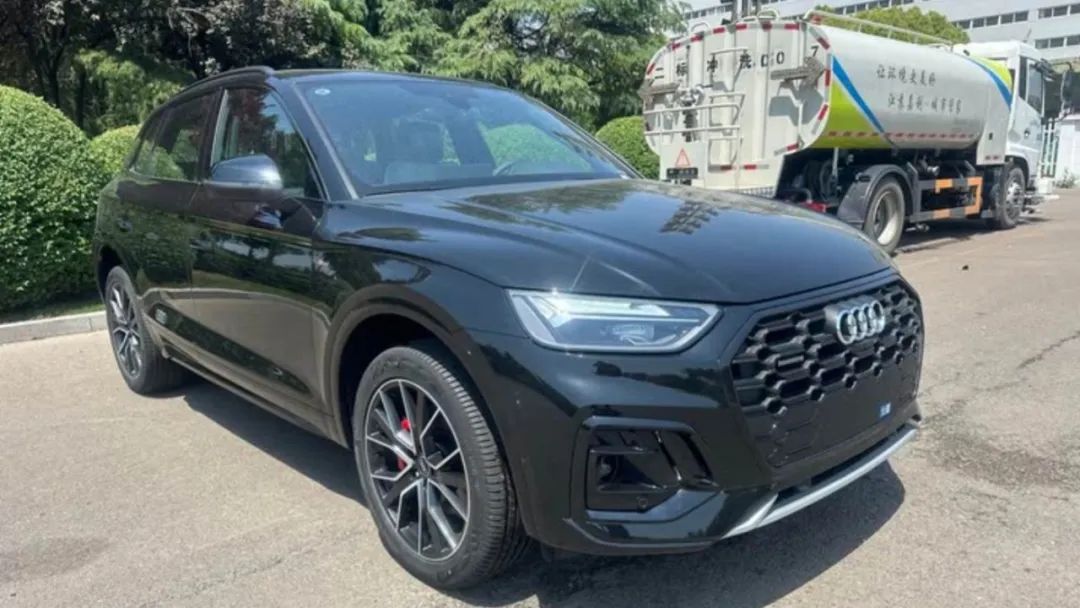
Although the space of Xiaomi YU7 is not its strong suit for family use, due to the emotional value brought by its styling, the turn rate brought by Xiaomi, and the foundation of a 3-meter axle base, general usage needs can definitely be met. Coupled with other parameter advantages, this is another round of confrontation with traditional luxury brands.
And the reason why it is said that it is not just a difference in market segmentation is actually related to differences in the logic of carmaking.
From 2024 to the present, with the rapid growth and near maturity of intelligent driving assistance technology, a new mode of core debate about cars has emerged, namely, the debate between "driving without sitting" and "sitting without driving".

The former refers to the idea that with a good assistance system, one can let the car drive as much as possible, and human driving pleasure is not particularly important. The latter refers to the idea that the assistance system is just that, a functional item for human drivers to use when they need help, and there is no doubt that humans must be the dominant force in controlling the vehicle.
No one can give a standard answer because everyone's consumer choice logic is different. For example, at many recent launch events, executives have demonstrated the advanced parking assistance features of their own products by citing cases where 20-year veteran drivers like to use them. The reason is that even a 20-year veteran driver cannot park well in a parallel parking spot, which is obviously something that makes people laugh the more they think about it.
From the perspective of sales performance, a series of new vehicles equipped with high-level advanced driver assistance systems, such as Huawei HarmonyOS Intelligent Driving, Huawei Kunlun Intelligent Driving, Li Auto, Xpeng Motors, and BYD, have undoubtedly experienced rapid growth in sales.
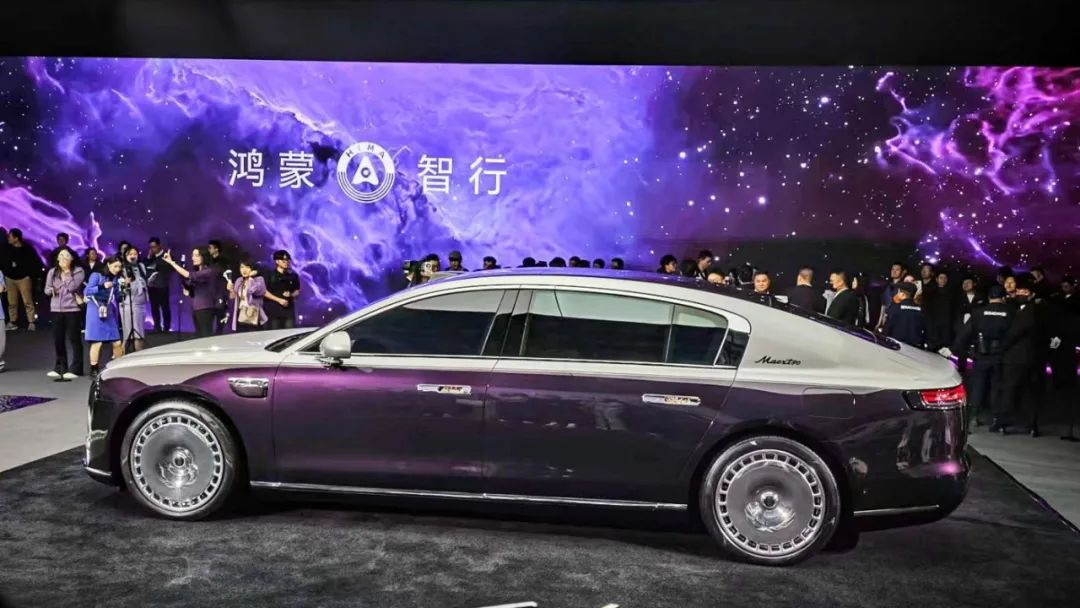
In fact, the latest data provided by Jin Yuzhi shows that in just one year, the number of ADS users has exceeded 1 million. Moreover, Huawei's ADS4, which is currently being developed using an autonomous driving architecture, is close to being implemented. The Zunjie S800 will be launched at the end of May, and it will be the first model to feature ADS4. Additionally, it has been officially announced that a series of models, including the Wenjie M9, Wenjie M8, and Shenlan S09, will be among the first to receive the upgrade in the second half of this year.
The biggest change in the new system is the further integration of a world model on top of the end-to-end foundation. This significantly reduces the probability of false decelerations and false braking, aiming to provide a driving experience as smooth as that of an experienced driver.
For Xiaomi, it is evident that whether it emphasizes vehicle handling, setting lap records on various global racetracks, breaking China's speed records for vehicles, or developing its own high-performance motors, it all aligns with its pursuit of making cars that are meant to be driven. Coupled with a series of events since entering 2025, this also determines that it cannot be overly vocal about its achievements.
Written at the End
This is the initial situation. Xiaomi YU7 can be understood as a budget-friendly option within a 300,000 yuan budget, allowing ordinary people to experience the latest advancements in driving control, aesthetics, and other joys offered by top-tier global models that have been renowned for years. Of course, this is just Lei Jun's foot in the door; the design, structure, and product definition behind it are all aimed at breaking through existing circles.
In previous competitions, it has already proven the superiority of this approach. Even elementary school students under the age of 10 can easily recognize the Xiaomi SU7. This way of perception represents a fundamental difference in thinking compared to Huawei.
Because of this difference, it stands out. This is the underlying logic of Xiaomi.

